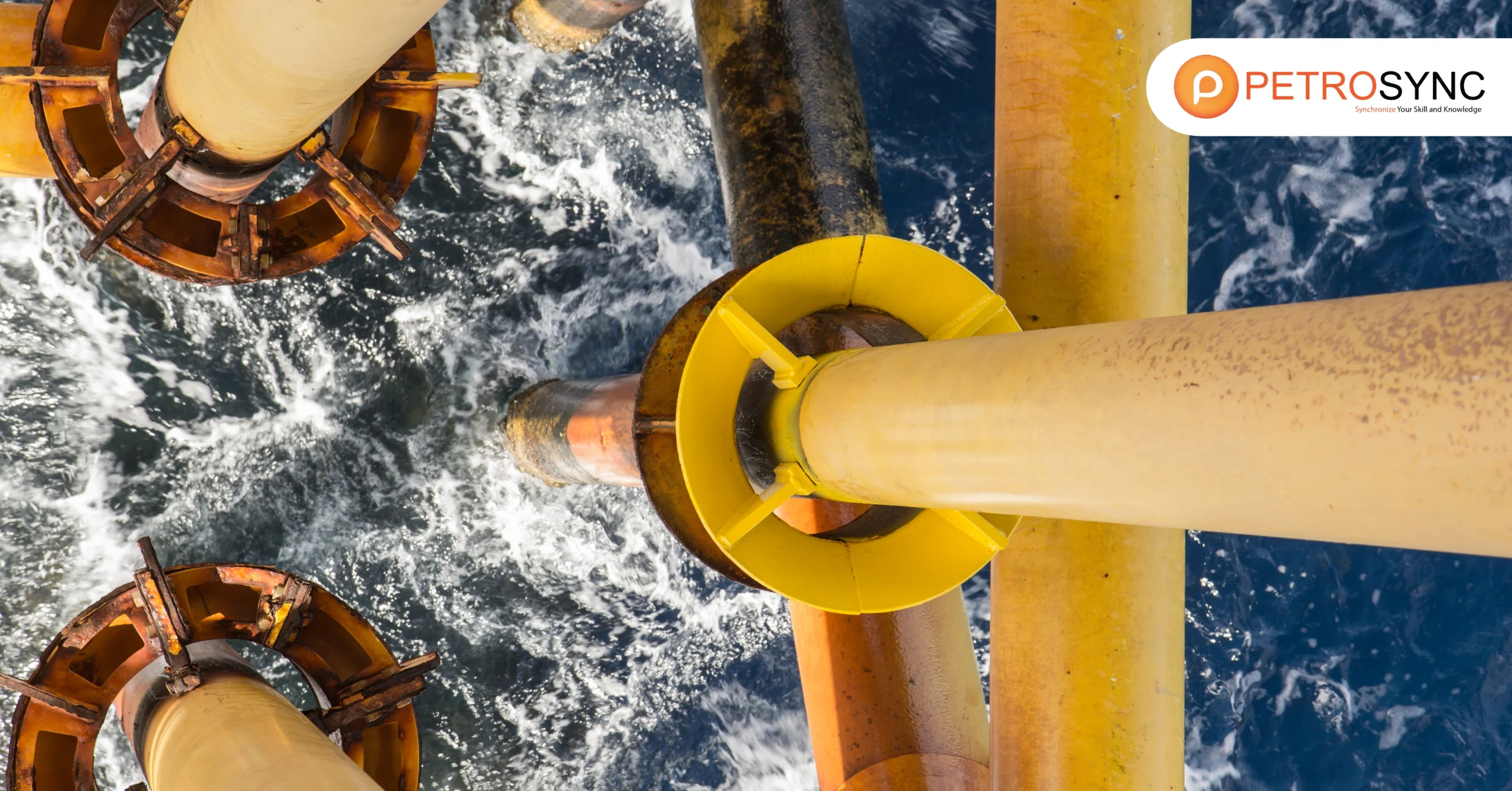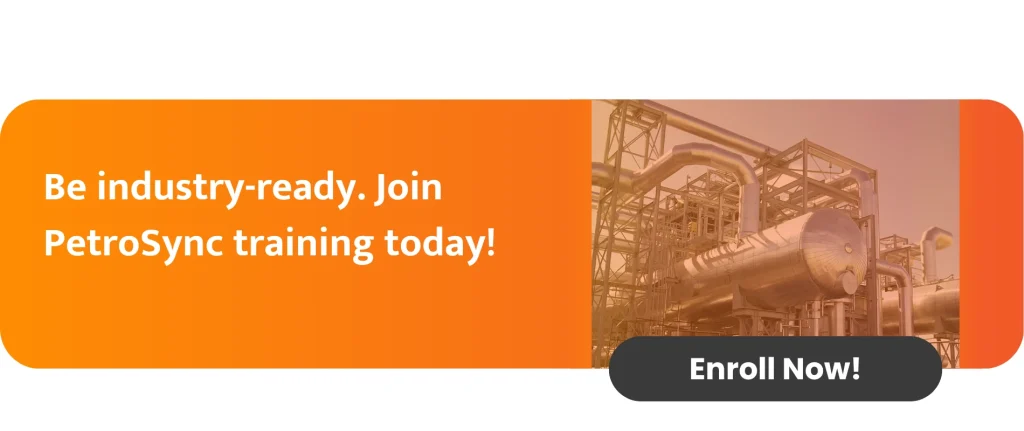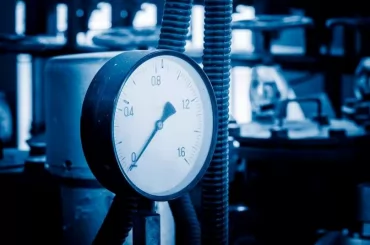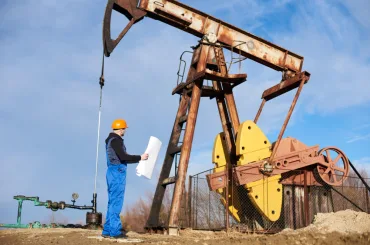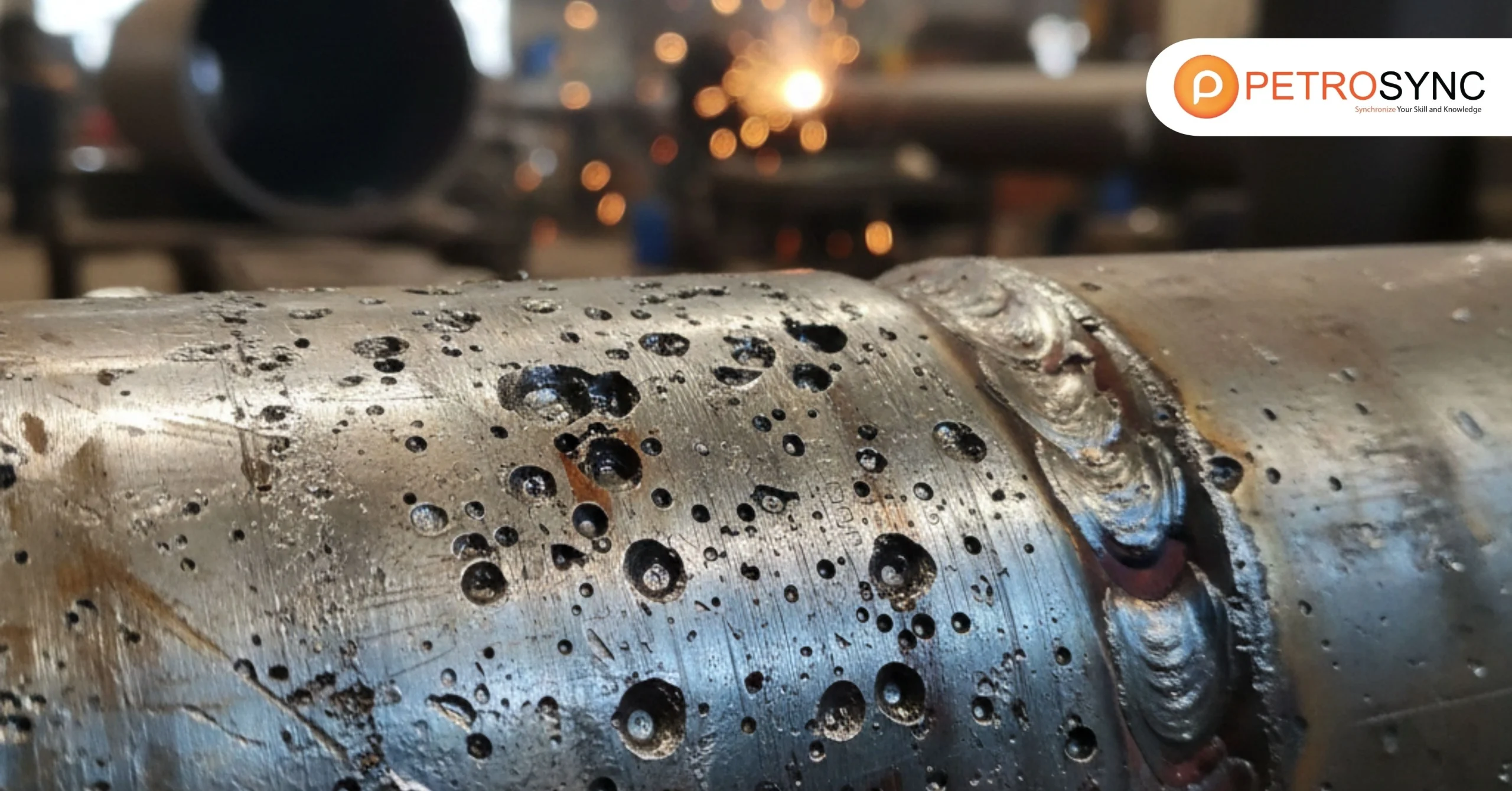The oil and gasoline enterprise is one of the most technically superior and strategically vital sectors in the world economy. Yet in the back of each barrel of crude oil extracted lies a method that is each quite technical and meticulously deliberate – drilling. For senior professionals, managers, and decision-makers, appreciation of how drilling works is now not solely beneficial however crucial.
It informs threat assessment, price range planning, operational efficiency, and long-term commercial enterprise strategy. This information is designed to provide a beginner-friendly overview of drilling in oil and gasoline while preserving the depth and perception appropriate for enterprise leaders.
We’ll stroll through the core principles of drilling, discover the key procedures, and current a getting to know probability that equips gurus to lead with self belief in a pretty aggressive landscape.
What is drilling in oil and gas?
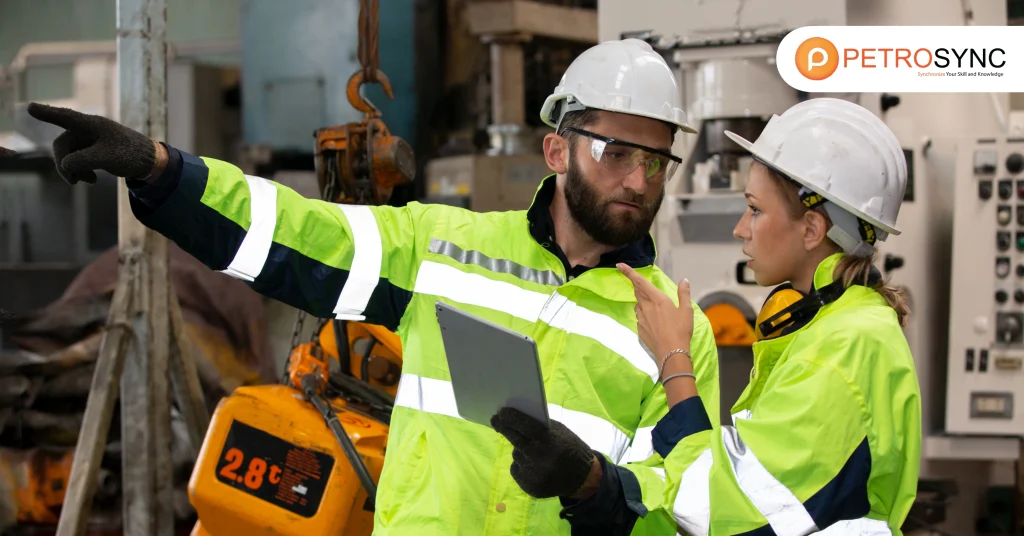
In oil and gas, drilling refers to the process of creating a borehole (wellbore) into the Earth’s subsurface to access reservoirs containing hydrocarbons like oil and natural gas. Drilling is a foundational activity in both exploration and production phases.
There are two primary types of drilling:
- Exploratory drilling: To confirm the presence of hydrocarbons in a geological formation.
- Development drilling: To enhance production from proven reserves
Drilling operations use a rig geared up with a drill bit, drill string, mud circulation system, and strain manipulate equipment. Modern improvements like directional drilling, rotary steerable systems, and size whilst drilling (MWD) have dramatically accelerated precision, decreased costs, and minimized environmental risks.
These applied sciences permit operators to drill horizontally or round geological boundaries to maximize entry to the reservoir. Understanding drilling no longer solely helps operational groups however also permits executives to make knowledgeable funding and security choices in initiatives that frequently exceed tens of millions of greenbacks in capital expenditure.
What is the drilling program in oil and gas?
A drilling application is a strategic and technical blueprint that outlines all small print associated with the drilling of a well. It is a core report that publishes the whole drilling operation and aligns the stakeholders – engineers, geologists, contractors, and management.
A well-prepared drilling program typically includes:
- Well design: Total depth, well trajectory, casing and liner specifications.
- Drilling fluids plan: The type of drilling mud, fluid loss control, and formation compatibility.
- Cementing strategy: Details of cement types, volumes, and pressure testing.
- Contingency plans: For potential hazards such as formation kicks, stuck pipe, or borehole collapse.
For decision-makers, the drilling software additionally represents a possibility to optimize cost, time, and safety. According to a lookup posted in the Journal of Petroleum Science and Engineering, corporations that applied data-driven drilling applications received up to 23% discount in operational charges and 18% quicker drilling cycles in contrast to traditional approaches.
What are the 7 steps in the drilling procedure?
Drilling follows a structured sequence of steps that ensure the protected and environment friendly execution of the nicely planned. Here are the seven key ranges in the drilling procedure:
1. Site Preparation
Includes land clearing, constructing get entry to roads, and putting in rig foundations and infrastructure.
2. Spudding the Well
The preliminary drilling section is where a shallow floor gap is drilled and cased.
3. Drilling to Target Depth (TD)
Using a range of bits and backside gap assemblies (BHA) to attain the geological formation containing hydrocarbons.
4. Running Casing and Cementing
Steel casing is inserted and cemented to stabilize the nicely and forestall infection of surrounding formations.
5. Logging and Evaluation
Wireline or logging-while-drilling (LWD) equipment are used to analyze reservoir plausible and formation characteristics.
6. Well Testing
Conducting pressure and flow tests to evaluate well performance and productivity.
7. Completion or Abandonment
If commercially viable, the well is completed with necessary equipment (tubing, packers, etc.), or abandoned if unproductive.
Each step requires cross-disciplinary coordination and real-time monitoring. For executives, these tiers characterize possibilities to limit downtime, optimize performance, and make certain regulatory compliance.
What is the drilling process?
The drilling procedure entails a couple of interconnected structures working in sync. Here is an overview of the core elements and steps involved:
- Bottom Hole Assembly (BHA): A custom-built device string that consists of the bit, motors, and stabilizers, designed for the unique geology of the well.
- Drilling Fluid Circulation: The mud system lifts rock cuttings to the surface, maintains wellbore pressure, and cools the drill bit.
- Directional Drilling: Enables operators to steer the route in three dimensions – crucial for gaining access to reservoirs in complicated formations.
- Managed Pressure Drilling (MPD): Used in high-risk formations to precisely control bottom-hole pressure and prevent blowouts.
- Real-Time Data Acquisition: Through technologies like WITSML and digital twins, drilling engineers and executives can monitor live drilling parameters from remote operations centers.
Adopting digital drilling equipment has considerably expanded area performance. According to the International Association of Drilling Contractors (IADC), operators who use real-time drilling analytics and stress administration structures record up to 30% discount in non-productive time (NPT).
Join PetroSync Training for Industry Experts
The electrical strength organisation is evolving hastily – with automation, digitalization, and ESG compliance reshaping operational strategy. Leaders who apprehend no longer in reality the industrial agency then once more in addition the technical spine of operations will constantly have an aggressive edge.
PetroSync gives world-class coaching packages crafted for gurus who are serious about staying ahead. Whether you are a senior engineer, operations manager, or C-suite executive, our drilling-focused guides mix technical depth with strategic application. Led by means of licensed instructors with world subject experience, our applications include:
- In-depth drilling and completion modules
- Safety and risk mitigation strategies
- Real-world case studies from major operators
- Networking with industry peers and experts
Don’t just keep up – lead the change. Join PetroSync and transform your technical understanding into actionable business leadership

Results-oriented and thorough SEO specialist with extensive experience in conducting keyword research, developing and implementing digital website promotion strategies and plans, managing campaigns to develop company websites in the digital world, excellent knowledge of marketing techniques and principles, and attentive strong attention to detail.

